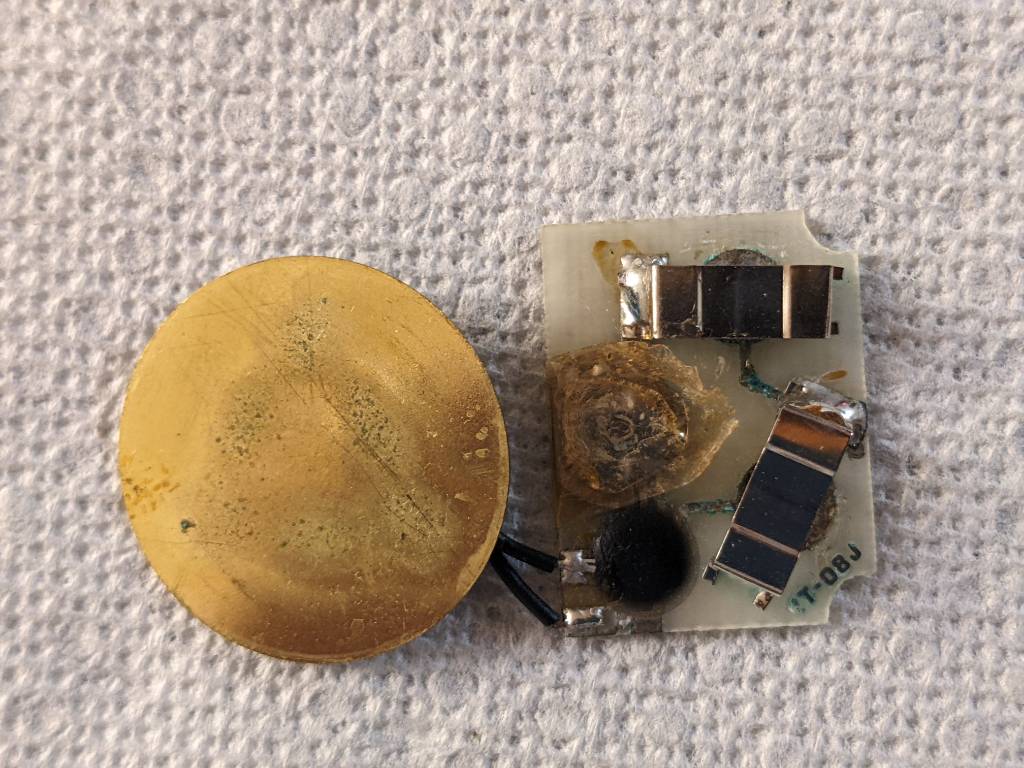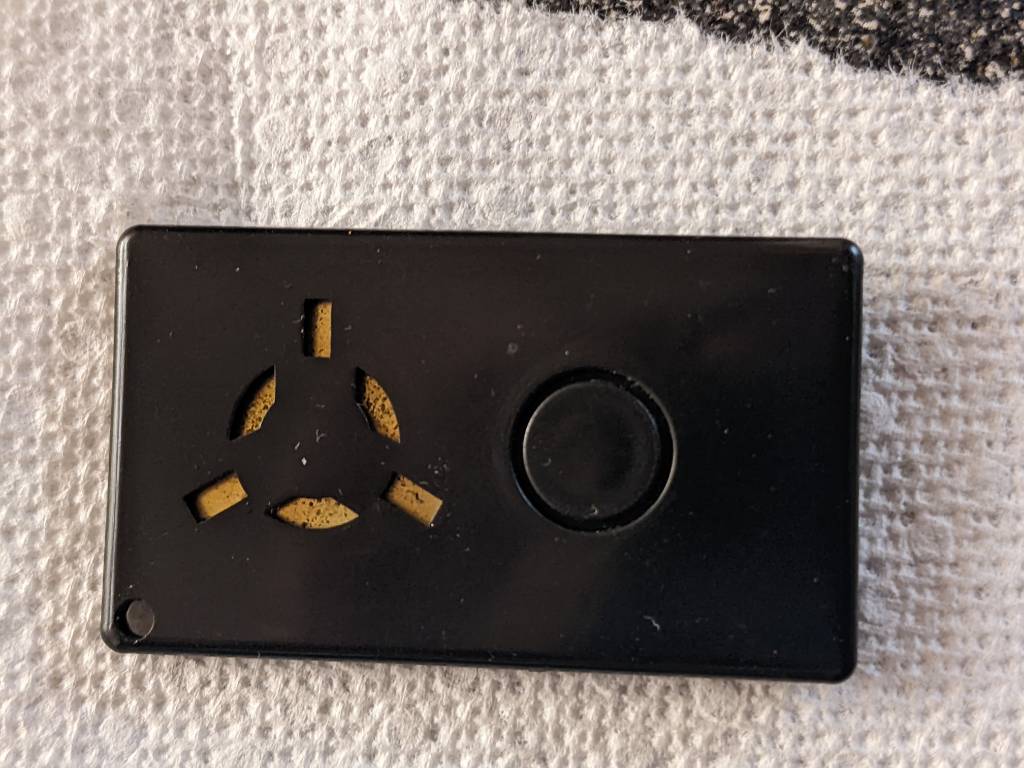this post was submitted on 26 Jun 2023
22 points (100.0% liked)
Asklemmy
1454 readers
84 users here now
A loosely moderated place to ask open-ended questions
If your post meets the following criteria, it's welcome here!
- Open-ended question
- Not offensive: at this point, we do not have the bandwidth to moderate overtly political discussions. Assume best intent and be excellent to each other.
- Not regarding using or support for Lemmy: context, see the list of support communities and tools for finding communities below
- Not ad nauseam inducing: please make sure it is a question that would be new to most members
- An actual topic of discussion
Looking for support?
Looking for a community?
- Lemmyverse: community search
- sub.rehab: maps old subreddits to fediverse options, marks official as such
- !lemmy411@lemmy.ca: a community for finding communities
~Icon~ ~by~ ~@Double_A@discuss.tchncs.de~
founded 5 years ago
MODERATORS
you are viewing a single comment's thread
view the rest of the comments
view the rest of the comments






I've designed similar devices.
The epoxy blob likely plays factory-set chiptunes out the piezo element.
It's unlikely to play voices, just tones. The ones that record arbitrary audio use specific ICs from China, none of which I see there. Also those work with small but standard speakers, not generally piezo elements.
As a small window into how these are designed, a lot of the engineering goes into reducing power consumption and parts count. The button might for example drop the pin of an MCU low to trigger an interrupt that wakes it from deep sleep. Then it plays a tune stored in eeprom (more common) or internal flash (less common). Usually the chips are one-time-programmable and cost under 0.10$!
That makes perfect sense. Thank you!!